Although it has received considerable attention in recent years, liberalism still falls under what philosophers call “essentially contested concepts.” The term is widely regarded as meaningful, yet the people who use it don’t agree on its meaning. As a result, discussions about liberalism—at least among scholars and commentators of political thought—seem at once inescapable and interminable.
Liberalism Against Itself, by the Yale Law professor Samuel Moyn, tries to both clarify this debate and advance a proposal for moving beyond familiar positions. Focusing on the late 1940s and early 1950s, Moyn contends that liberalism underwent a fundamental redefinition. Once an optimistic faith in the continual amelioration of the human condition, especially by means of a benevolent government, liberalism was reconceived in the aftermath of WWII as a theory of human and political limitation. Rather than a vision of a better world, liberalism became a stern “no” to aspirations beyond the social order required to preserve individual freedom. This shift was a disaster in Moyn’s telling, one that crippled liberalism for generations to come.
Moyn describes this as “Cold War liberalism.” He admits that the label was popularized by critics on the New Left about a decade later, and that none of the main characters he presents in the book adopted it for themselves. But even if the name was not used, Moyn contends that it designates a distinctive and influential liberal sensibility.
In politics, Cold War liberals placed themselves in the “vital center,” opposing totalitarianism on both the left and right. In culture, they gravitated toward religious teachings that emphasized the omnipresence of sin. And in scholarship, they constructed an “anti-canon” of thinkers who tempted Western societies into the illusion that they could eliminate the perennial evils of poverty, war, and injustice. Cold War liberals most notably depicted past thinkers like Rousseau, Hegel, and Marx as utopians, statists, and historical determinists who effectively justified—whether they intended to do so or not—immense suffering inflicted by ideological fanatics.
It’s not surprising that the horrors of the 20th century contributed to a somber mood among many European and American intellectuals. Moyn grudgingly admits this, yet he still contends that Cold War liberalism was, at best, an overreaction to postwar circumstances. By closing the horizon of political possibility, he argues, Cold War liberals gave up their ability to criticize capitalism, Eurocentrism, and American primacy. As a result, they became conservative in thought and consequence, if not in name.
Moyn is among the leading intellectual historians of his generation, and Liberalism Against Itself displays several virtues of his scholarship. It’s based on thorough research, but it’s also short, smoothly written, and accessible to nonspecialists. Moyn is also reasonably fair to his characters, though he does play favorites. The political theorist Judith Shklar and literary critic Lionel Trilling come off well, Hannah Arendt and Isaiah Berlin much less so. But he’s also not simply dismissive. If there’s a pattern to his disapproval, it’s iconoclasm. Part of Moyn’s goal is to deflate what he regards as exaggerated academic reputations.
But the book’s omissions make its sweeping diagnosis hard to accept. For example, Moyn leaves out the most prominent Cold War liberals, including the theologian Reinhold Niebuhr, historians Arthur Schlesinger Jr. and Richard Hofstadter, and French political scientist Raymond Aron. He justifies this on the grounds that they’ve already received a great deal of attention, which is true. But the exclusion of so many leading figures makes it hard to sustain general conclusions. Even when they were familiar to readers of “little magazines,” the figures Moyn does emphasize were still at the margins of American affairs. Trilling was probably the most famous, but also the least political. Gertrude Himmelfarb eventually became a prominent historian and public intellectual, but that was in the Nixon era—and in the guise of a neoconservative—not as a Cold War liberal in the 1950s.
The way Moyn picks his characters shows that his main interests are narrower than the book’s title suggests. Moyn has little to say about how Cold War liberalism affected major political figures of the time like Secretary of State Dean Acheson in foreign affairs or Sen. Hubert Humphrey in domestic ones. He doesn’t even seem to care much about the public debates among figures like Niebuhr and Schlesinger. His account is primarily academic, concentrated in the then-novel discipline of political theory, in which Berlin and Arendt (and to a lesser extent Shklar) made pioneering contributions.
Again, Moyn is entitled to avoid issues, figures, and periods that have been extensively discussed by other scholars. But this heavily academic focus makes it difficult to sustain—or even assess—his charge that Cold War liberalism had “devastating” consequences. To the contrary, it’s not clear that the arguments or books Moyn discusses had any great consequences at all. His figures gave lectures, wrote books, and were heard and read mostly by other intellectuals who gave their own lectures and wrote their own books. It’s possible that some of the ideas expressed in university classrooms or scholarly publications had some broader influence on the people who made decisions. But the link between theory and practice isn’t documented, or even defended in this book.
And even if Cold War liberalism did have the influence Moyn suggests, were its consequences so devastating to liberalism writ large? By his own account, opposition to the Soviet Union was the heart of Cold War liberalism. But the Soviet Union no longer exists, while Western liberal democracies do. It’s possible to conclude with the benefit of hindsight that the cost of victory was higher than it needed to be, especially in the so-called Third World. But Moyn does not explain why this was the fault of Cold War liberals, many of whom later opposed the Vietnam War precisely because they believed it exemplified that utopian expectation that all political conditions can be resolved by expert management. Instead, he suggests that Cold War liberals were not sufficiently sympathetic to postcolonial nationalism—movements with their own connection to violence and oppression.
In domestic affairs, Moyn charges Cold War liberalism of primarily treating racism and economic inequality as problems because they were drags on American influence around the world. Even if that were true, politics is the wrong place to look for pure motives. It wasn’t a defect that the bipartisan coalition that dismantled segregation while upholding the New Deal appealed not only to moral considerations, but also to material interests and geopolitical strategy. For practical purposes, this approach was advantageous.
Finally, Moyn exaggerates the distinction between Cold War liberalism and its precursors. His preferred genealogy extends back to the Enlightenment, continues through the French revolution, and culminates in British “new liberalism” around the turn of the 20th century. He’s not wrong to note that these ideas and movements had optimistic, statist, and perfectionist qualities that became unfashionable in Anglophone circles after World War II.
But liberal criticism of liberal naivete is nothing new. An alternate genealogy might emphasize the emergence of liberalism in political economy circles associated with Adam Smith, who was notably skeptical of coercive plans to improve society. Other ideas that became prominent during the Cold War, including the interdependence of religious belief and political freedom, were prefigured by Tocqueville, Acton, and other 19th-century liberals. John Stuart Mill rejected orthodox utilitarianism, with its faith that identifying the common good was effectively a math problem. Cold War liberals might have emphasized such themes, but they did not invent them.
And what was the alternative? Concentrating as it does on the library and seminar room, Liberalism Against Itself does not mention the career of Henry Wallace, FDR’s vice president during the war. Removed from the Democratic ticket in 1944 to make room for Harry Truman (whom highbrow Cold War liberals somewhat reluctantly supported), Wallace went on to personify the kind of idealistic progressivism Moyn prefers. In 1948, he ran for president on a platform of expanding the New Deal at home and continued cooperation with the Soviet Union abroad. Leading a campaign organization increasingly influenced by Communists and fellow travelers, Wallace won less than 2.5 percent of the national popular vote.
It is simply not plausible that Wallace represented an alternate route to liberal success. To the contrary, it was a pathetic dead end. Whether despite or because of their decent intentions, progressives like Wallace were unable to recognize that communism was not just liberalism in a hurry, or that the Soviet Union could never be more than an ally outside conditions of utmost necessity. For all their flaws and oversights, the Cold War liberals understood that.
Like the canon debates of the midcentury, Moyn’s argument has as much to do with his own time as with the past. His real targets are not the Cold War liberals themselves, but rather subsequent generations of intellectuals who have claimed their authority to justify a narrow and dogmatic politics in which every rival is a second Hitler or Stalin, every international encounter another Munich, every disagreement outside narrow limits a matter of fundamental principle.
Moyn cites Patrick Deneen’s Why Liberalism Failed as a complementary, if rather different, critique. In fact, Moyn is closer to First Things editor R.R. Reno, who argues in Return of the Strong Gods that the long shadow of midcentury totalitarianism has blinded us to the distinct challenges of the 21st century. Not coincidentally, both writers have cultivated an anti-anti-Trumpism that rejects prophecies of constitutional breakdown as hysterical responses to imagined dangers, ironically mirroring the ostensible anti-communist panic of the postwar era.
But Cold War liberals had both the curse and benefit of an experience that we lack. They had encountered comprehensively anti-liberal politics first-hand, and they were horrified by the experience. If their response looks a little dour and uninspiring many decades later, that is because the totalitarianism we have the luxury of dismissing as a passing fever was once a mortal affliction. Let us hope we do not need to learn the lesson all over again.
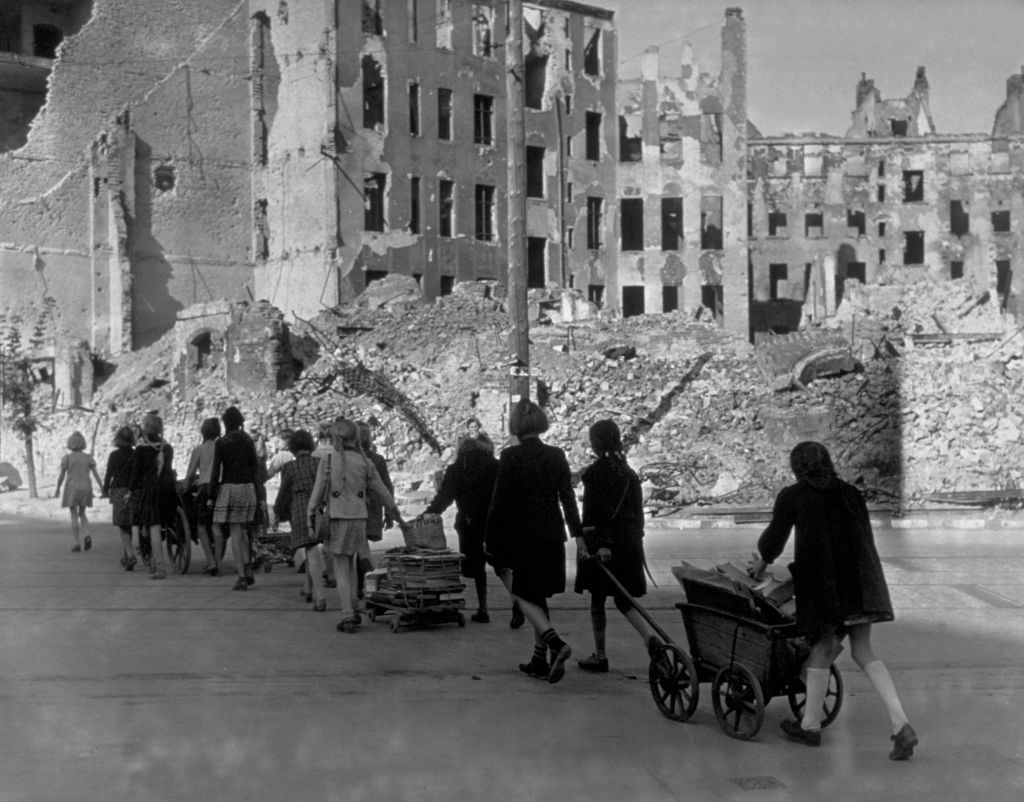
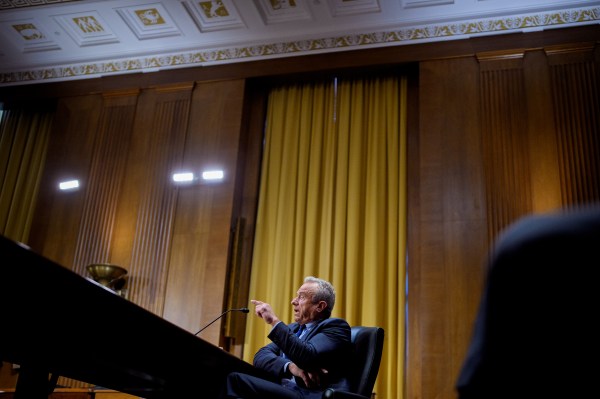
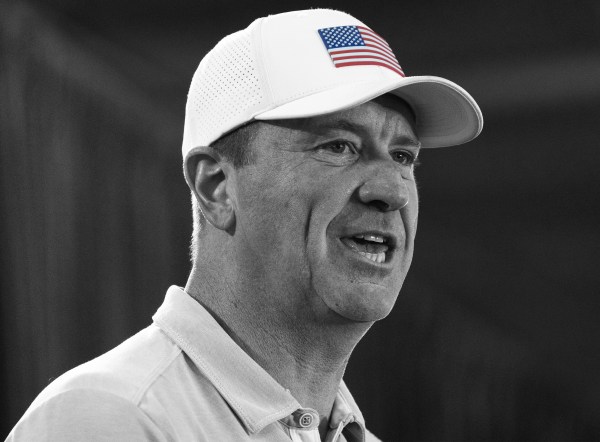
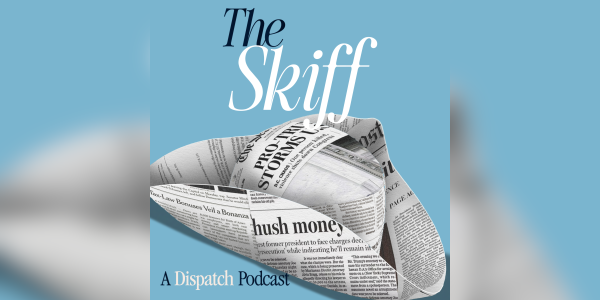
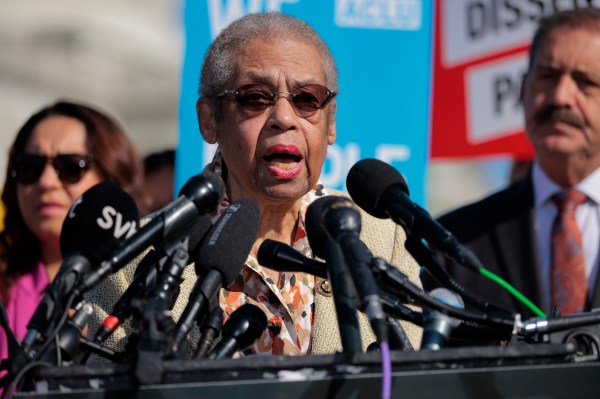
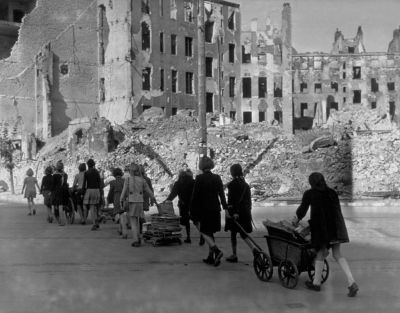
Please note that we at The Dispatch hold ourselves, our work, and our commenters to a higher standard than other places on the internet. We welcome comments that foster genuine debate or discussion—including comments critical of us or our work—but responses that include ad hominem attacks on fellow Dispatch members or are intended to stoke fear and anger may be moderated.
With your membership, you only have the ability to comment on The Morning Dispatch articles. Consider upgrading to join the conversation everywhere.